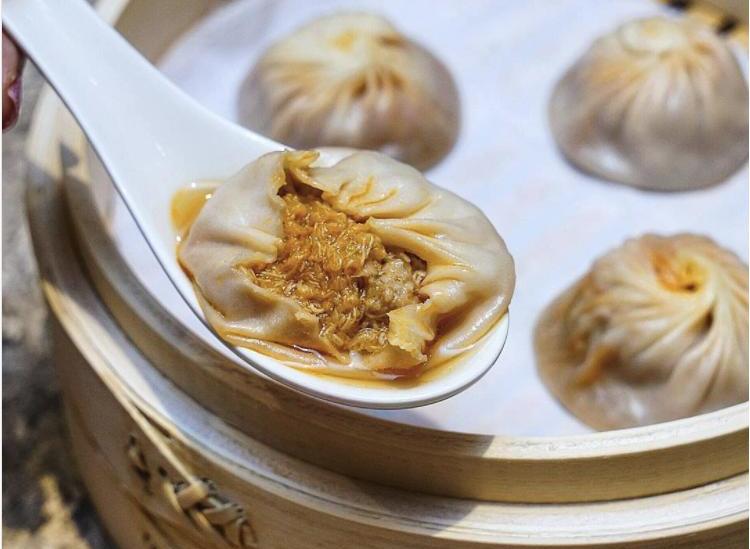This Is How To Eat Dumplings In 8 Countries Around The World

@pinkypiggu
Every culture has perfected its signature spin on the dumpling. Somehow, we all came to the same conclusion worldwide: We want delicious food wrapped in dough. And voila! Dumplings all over the world. These little pockets of flavorfully-spiced meat, cheese or veggie combos are baked, boiled or fried.
In no particular order (because we want to eat all of them equally), here’s how dumplings are done around the world. Let’s go carb-crazy!
China: Jiaozi
Most people when they think of dumplings think of the Northern Chinese jiaozi, but the dish varies widely. They can be stuffed with beef, tofu or shrimp, and they’re all are delicious with soy sauce and vinegar.
India: Samosa
Samosas are a fried Indian street food staple. The most iconic combination includes spiced potatoes, onions, peas and lentils, served with a mint chutney sauce.
China: Xiao Long Bao
Shanghai soup dumpling xiao long bao are a little mouthfuls of magic. There’s hot broth sealed inside, sometimes with pork and crab.
Poland: Pierogi
Pierogies are stuffed with ground meat, cheese or sauerkraut, then boiled and topped with melted butter.
Japan: Gyoza
You might go for this pot sticker in your late-night Seamless order; they’re Japan’s version of the Chinese jiaozi. Pan-fried and filled with pork and cabbage, they’re pure deliciousness.
Chile: Empanada
Empanadas are popular throughout South America, but the Chilean meat version (usually baked) is filled with ground beef, onion, garlic, hard boiled eggs and olives. The seafood variety is fried, with oysters and cheese.
Great Britain: Pasty
Cornish pasties are little pies made by hand, with the dough folded over beef, onion and potato.
Mexico: Tamale
Tamales are made of a corn mixture called masa, wrapped in corn husks and steamed. Modern versions include chicken or beef and plenty of fresh salsa.
Italy: Ravioli
Forget the Americanized canned stuff, real Italian ravioli are pillows filled with ricotta cheese, spinach or squash boiled to the perfect “al dente.”











